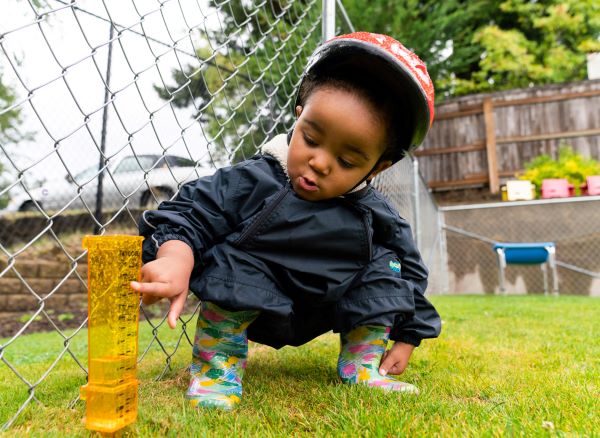
Supporting school readiness and success for African American boys requires thoughtful commitment and focus to offer high-quality learning environments. The ongoing professional development of education staff— like coaches, education managers, and supervisors— is key to this effort. Education staff can use these strategy guides for their own self-directed learning or leaders can support communities of practice for learning together.
Introduction
Early experiences and high-quality learning environments are crucial for all children. They lay the foundation for healthy social and emotional development and school readiness. However, structural racism and other forms of bias have created inequities in the learning environments for African American boys that negatively affect their development and well-being in unique ways.
As early as preschool, African American boys are nurtured less and disciplined more. Research shows that educators are less likely to form strong relationships with African American boys and tend to scrutinize their behaviors more than other children’s. African American boys make up nearly 10% of preschool enrollment, but they account for about 34% of preschoolers who receive one or more out-of-school suspensions. This can have a lasting impact on their social and emotional development and learning.
Head Start and other early childhood education settings have an opportunity to create more responsive learning environments for African American boys, support their development, and promote their strengths. Supporting their school readiness starts with changing how we view African American boys and their families. This change is achieved by moving from a deficit mindset to a culturally responsive, strength-based mindset. This requires making a shift to high-quality learning environments where adults recognize and celebrate the diversity of African American boys and respect the culture and lived experiences of their families.
Educators should plan and create learning opportunities that are meaningful and culturally responsive to the needs of African American boys. Together, these approaches will help bolster their development, learning, and school success.
This resource offers planning and implementation guidance for the six essential strategies:
- Build relationships
- Communicate high expectations for learning
- Promote social and emotional development
- Create learning environments with a focus on play and active learning, including literacy
- Implement developmentally appropriate curriculum and instruction
- Strengthen home-program partnerships
Each section:
- Describes a strategy
- Discusses why the strategy matters
- Asks the reader to reflect on their own practice
- Names practices that promote the strategy
- Gives an opportunity to plan to use a strategy
- Lists resources to deepen your learning
- Includes alignments to the:
Explore one strategy at a time, or in bundles. Making time to think about each strategy and to plan for how you’d like to do it is well worth the effort.
Read more:
Resource Type: Article
National Centers: Early Childhood Development, Teaching and Learning
Audience: Teachers and Caregivers
Last Updated: February 6, 2024